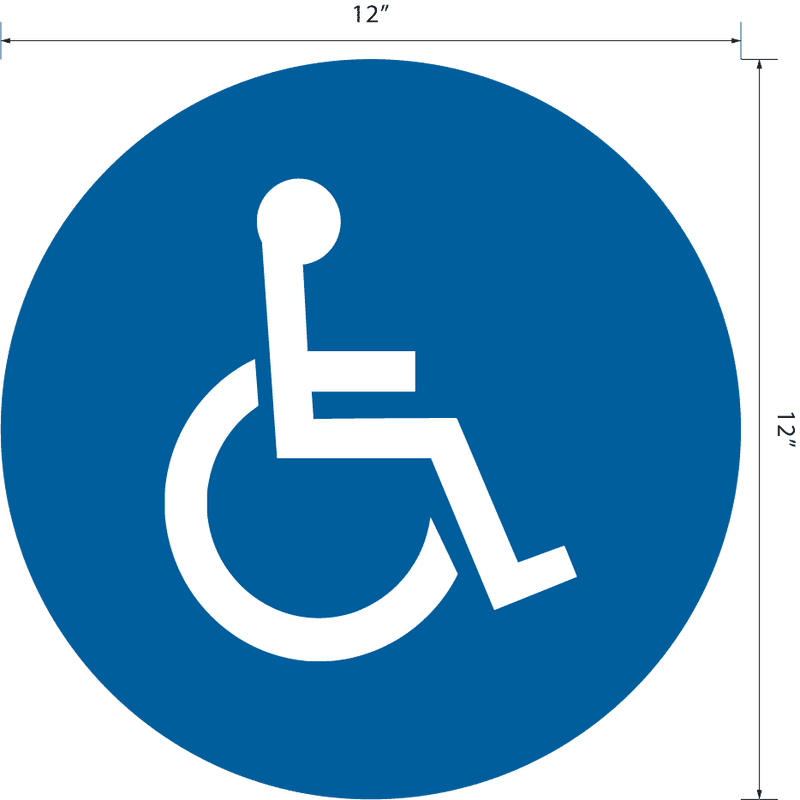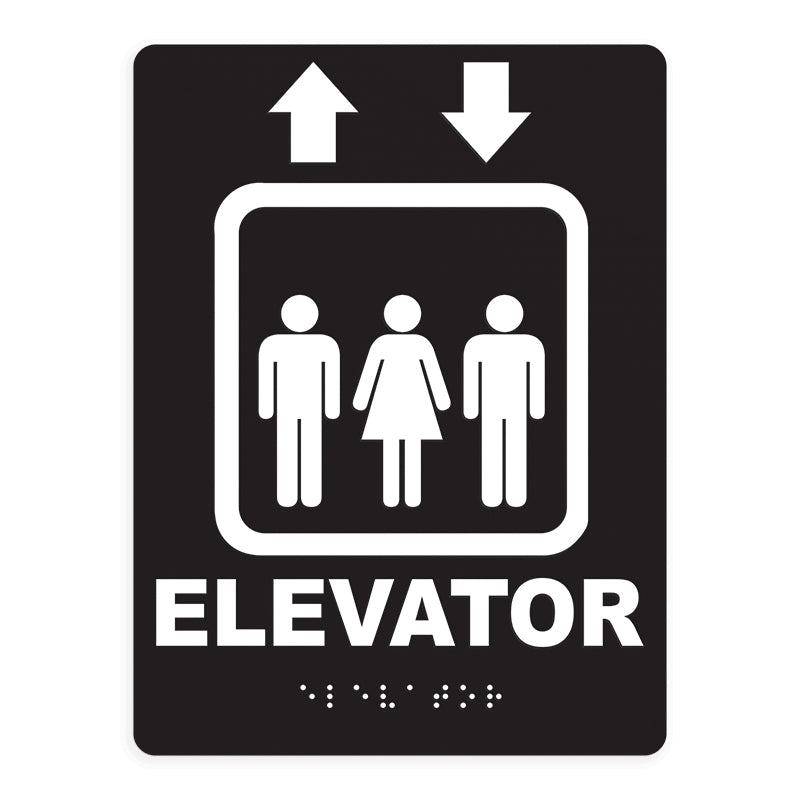The Role of ADA Signs in Complying with Access Requirements
The Role of ADA Signs in Complying with Access Requirements
Blog Article
Checking Out the Secret Attributes of ADA Indications for Improved Availability
In the realm of accessibility, ADA signs serve as silent yet powerful allies, making sure that rooms are inclusive and navigable for people with disabilities. By integrating Braille and tactile elements, these indications break barriers for the aesthetically damaged, while high-contrast shade systems and understandable font styles cater to diverse visual requirements.
Relevance of ADA Conformity
Making certain compliance with the Americans with Disabilities Act (ADA) is vital for fostering inclusivity and equal gain access to in public spaces and offices. The ADA, passed in 1990, mandates that all public facilities, employers, and transport solutions fit individuals with disabilities, ensuring they take pleasure in the very same legal rights and possibilities as others. Compliance with ADA standards not just fulfills legal obligations however also improves an organization's track record by demonstrating its commitment to variety and inclusivity.
One of the crucial elements of ADA compliance is the execution of obtainable signs. ADA indicators are made to ensure that people with handicaps can easily browse via rooms and structures.
Moreover, sticking to ADA laws can reduce the danger of potential fines and lawful effects. Organizations that stop working to follow ADA guidelines may face suits or penalties, which can be both financially difficult and harmful to their public photo. Hence, ADA compliance is indispensable to fostering a fair atmosphere for everyone.
Braille and Tactile Components
The consolidation of Braille and tactile elements right into ADA signs symbolizes the principles of access and inclusivity. It is normally placed beneath the matching message on signage to make sure that individuals can access the details without visual aid.
Tactile aspects extend past Braille and include raised characters and icons. These elements are designed to be discernible by touch, permitting people to determine space numbers, bathrooms, leaves, and various other vital locations. The ADA sets details guidelines concerning the dimension, spacing, and placement of these responsive components to enhance readability and guarantee consistency across different environments.

High-Contrast Color Pattern
High-contrast color design play an essential function in boosting the visibility and readability of ADA signage for people with visual impairments. These schemes are necessary as they optimize the distinction in light reflectance between text and background, ensuring that indications are conveniently noticeable, even from a distance. The Americans with Disabilities Act (ADA) mandates making use of specific color contrasts to suit those with minimal vision, making it a vital aspect of conformity.
The effectiveness of high-contrast shades lies in their capability to stand out in numerous lighting problems, including poorly lit settings and areas with glare. Normally, dark message on a light history or light text on a dark history is employed to achieve ideal comparison. As an example, black message on a yellow or white background gives a stark visual distinction that helps in quick acknowledgment and understanding.

Legible Fonts and Text Size
When thinking about the design of ADA signs, the choice of understandable typefaces and ideal message size can not be overemphasized. The Americans with Disabilities Act (ADA) mandates that typefaces have to be sans-serif and not italic, oblique, manuscript, very decorative, or of unusual form.
According to ADA standards, the minimal text elevation need to be 5/8 inch, and it needs to increase proportionally with viewing range. Uniformity in message dimension adds to a cohesive aesthetic experience, aiding individuals in navigating atmospheres efficiently.
Moreover, spacing in between letters and lines is essential to clarity. Appropriate spacing avoids characters from appearing crowded, improving readability. By sticking to these requirements, developers can substantially enhance availability, making sure that signage offers its desired objective for all individuals, no matter of their visual capabilities.
Efficient Placement Techniques
Strategic placement of ADA signs is essential for making the most of availability and making sure compliance with legal criteria. Properly located indicators lead individuals with disabilities properly, assisting in navigation in public spaces. Secret factors to consider include height, closeness, and visibility. ADA standards state that signs need to be installed at an elevation between 48 to 60 inches from the ground to guarantee they are within the line of sight for both standing and seated individuals. This conventional height range is vital for inclusivity, making it possible for wheelchair individuals and people of differing heights to access info effortlessly.
Additionally, indicators should be put nearby to the latch side of doors to allow easy recognition prior to access. This placement helps individuals find spaces and areas without obstruction. In situations where there is no door, signs ought to be positioned on the local adjacent wall. Uniformity in sign placement throughout a facility boosts predictability, minimizing confusion and boosting overall user experience.

Verdict
ADA indicators play an essential function in promoting access by incorporating features that deal with the demands of people with specials needs. Incorporating Braille and responsive components guarantees crucial information is easily accessible to the visually impaired, while high-contrast look at more info color systems and clear sans-serif fonts boost visibility throughout different illumination problems. Efficient placement methods, such as proper placing heights and calculated areas, further promote navigation. These elements jointly cultivate a comprehensive setting, emphasizing the importance of ADA compliance in making certain equivalent gain access to for all.
In the realm of access, ADA signs offer as silent yet effective allies, guaranteeing that spaces are navigable and inclusive for individuals with impairments. The ADA, passed in 1990, mandates that all public centers, employers, and transport services accommodate people with specials needs, ensuring they appreciate the exact same rights and opportunities as others. ADA Signs. ADA indications are designed to make sure that individuals with disabilities can conveniently navigate with buildings and rooms. ADA standards state that indications need to be mounted at an elevation in between 48 to 60 inches from the ground to guarantee they are within the line of sight for both standing and seated people.ADA indicators play an essential function in advertising availability by integrating features that deal with the requirements of individuals with impairments
Report this page